 |
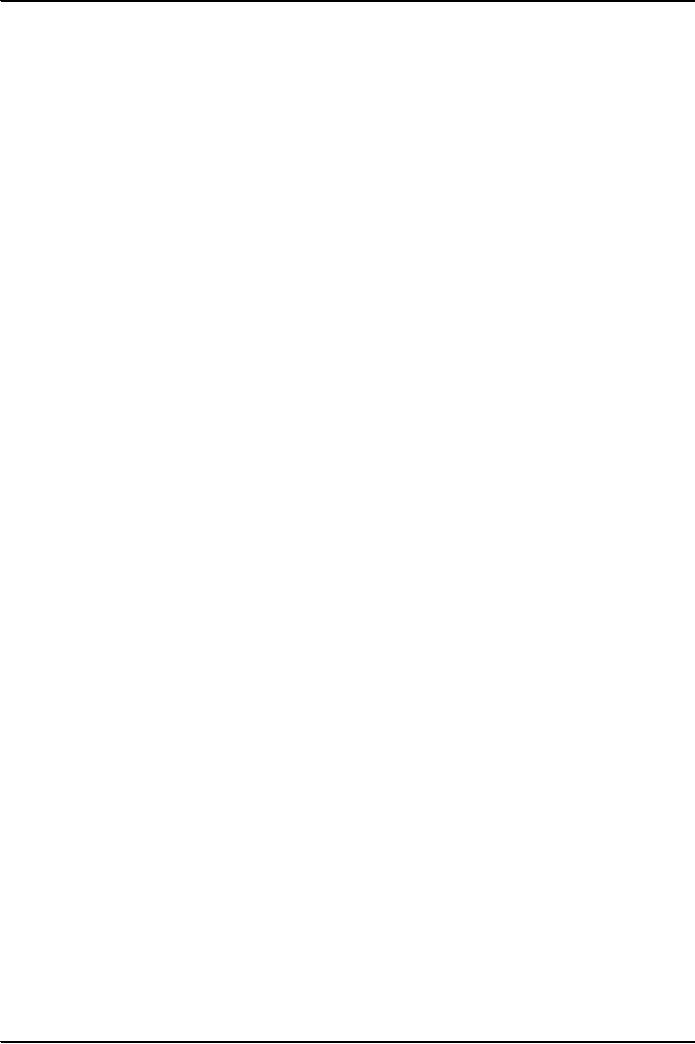
Principles
of Management MGT503
VU
Session
15.44
CONTROLLING
AS A MANAGEMENT FUNCTION
Introduction
and Overview of Controlling
Regardless
of the thoroughness of the planning done,
a program or decision still may be
poorly or
improperly
implemented without a satisfactory
control system in
place.
Controlling
is that process of regulating organizational
activities so that actual
performance conforms to
expected
organizational goals and standards. While
interrelated with all of the other
management functions,
a
special relationship exists between the
planning function of management
and controlling. Planning,
essentially,
is the deciding of goals and objectives
and the means of reaching
them. Controlling lets
manager
tell
if the organization is on track for goal
achievement, and if not, why
not. A well-developed plan should
provide
benchmarks that can be used
in the control process.
Controls
serve other important roles
including helping managers
cope with uncertainty,
detecting
irregularities,
identifying opportunities, handling
complex situations, and decentralizing
authority. Like
planning,
controlling responsibilities differ by
managerial level with control
responsibilities paralleling
planning
responsibilities at the strategic, tactical,
and operational level.
There
are several major steps
usually identified in the basic
control process. These are,
in order, determining
the
areas to be controlled, establishing the
appropriate standards, measuring
performance, comparing the
performance
against standards, recognizing
performance if standards are
met or exceeded or take
corrective
actions
as necessary if not, and
adjusting either/or standards
and measures as necessary. Of
course it would
be
impossible to control all
activity in an organization. Consequently, it is
important for the manager
to
decide
which activities should have the control
process applied. Argues that
managers need to
consider
controls
mainly in areas in which they depend on
others for resources
necessary to reach organizational
goals.
Four conditions help
delineate when controls should be used.
These are having a high
dependence on
the
resource, having a high expectation that
the resource flows would be
unacceptable without
proper
controls,
that the instituting of a control
process would be feasible,
and that the total control
process costs
would
be within the acceptable
range.
Timing
is one of the bases for
differentiating control systems.
Some major control types are
based on
timing.
These include feed forward controls,
concurrent controls, and feedback controls.
These are terms
which
are unfamiliar to many
students and special note
needs to be made in reviewing this
material. A
variety
of these types of control is
frequently used in multiple
control systems and usually
involve non-
cybernetic.
Cybernetic controls involve little, if
any, human discretion as part of the
system. Rather, it is a
self-regulating
system that, once put into
operation, can automatically monitor the
situation and take
corrective
action when necessary. Noncybernetic
systems, on the other hand rely on
human discretion as a
basic
part of its process.
In
addition to deciding the types of controls to
use, managers also have the
options regarding the
mechanisms
to be used to implement controls. The
three basic approaches are
bureaucratic, clan,
and
market.
Bureaucratic controls rely on regulation through
rules, policies, supervision,
budgets, schedules,
reward
systems, and other administrative
mechanisms aimed at ensuring
acceptable behavior
and
performance
Clan controls rely on the values,
beliefs, traditions, corporate culture,
shared norms, and
informal
relationships to regulate behavior and to
facilitate the reaching of organizational goals.
The market
controls
have a somewhat more limited
application in organizations than do
bureaucratic or clan controls;
all
three approaches are likely
to be used to some extent. Market
controls rely on market mechanisms
to
regulate
prices for certain goods
and services used by the
organization.
There
are some potential dysfunctional
aspects of control systems the
manager must consider.
Behavioral
displacement,
game playing, operating delays, and
negative attitudes are some
of these. To decrease the
likelihood
of the effects, managers need to
avoid engaging in either over-control or
under-control. To be
125
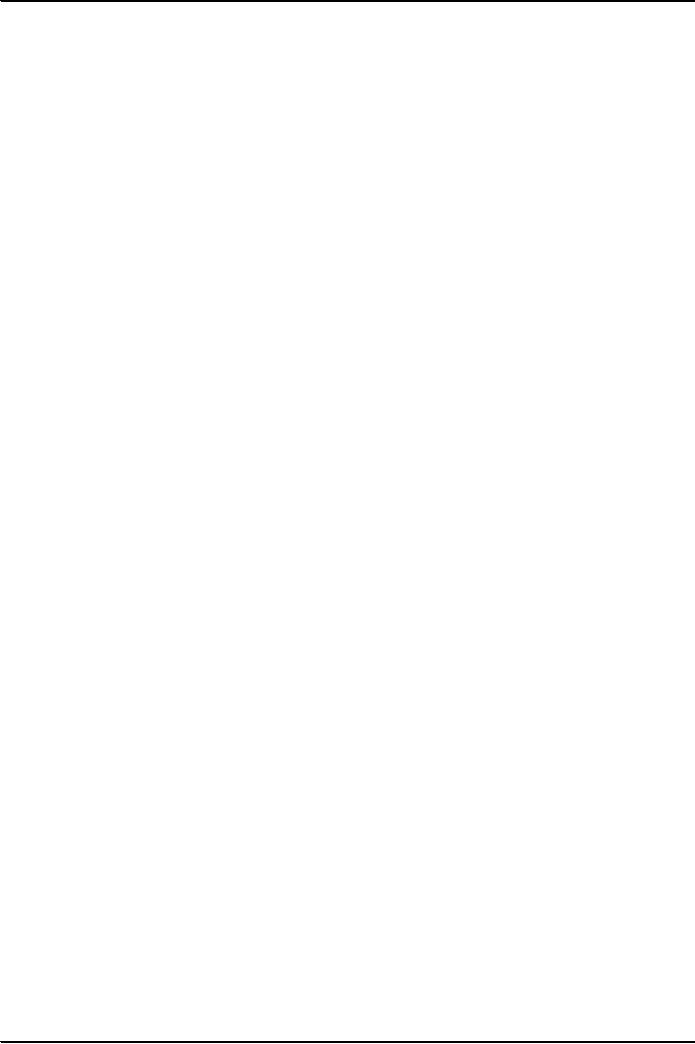
Principles
of Management MGT503
VU
effective,
control systems should be
future-oriented, multidimensional, cost-effective,
accurate, realistic,
timely
monitor able, acceptable to organization
members, and
flexible.
Control
as a management process
A.
Controlling,
one of
the four major functions of POLCA
management, is the process of
regulating
organizational activities so that actual
performance conforms to expected
organizational
standards and goals.
1.
Controlling
is largely geared to ensuring
that the behavior of individuals in
the
organization
contributes to reaching organizational
goals.
2.
Controls
encourage wanted behaviors
and discourage unwanted
behaviors.
B.
A
control
system is a
set of mechanisms that are
designed to increase the probability
of
meeting
organizational standards and
goals.
C.
Controls
can play five important
roles in organizations.
1.
Control
systems enable managers to
cope with uncertainty by monitoring
the
specific
activities and reacting quickly to
significant changes in the
environment.
2.
Controls
help managers detect
undesirable irregularities, such as
product defects,
cost
overruns, or rising personnel
turnover.
3.
Controls
alert managers to possible opportunities
by highlighting situations in
which
things are going better than
expected.
4.
Controls
enable managers to handle complex
situations by enhancing
coordination
within
large organizations.
5.
Controls
can decentralize authority by enabling
managers to encourage
decision
making
at lower levels in the organization while
still remaining in control.
D.
Control
responsibilities differ according to
managerial level.
1.
Strategic
control involves
monitoring critical environmental factors
that could
affect
the viability of strategic plans,
assessing the effects of
organizational
strategic
actions, and ensuring that
strategic plans are implemented as
intended.
a.
Strategic
control is typically the domain of
top-level managers who
must
insure
core competencies are developed
and maintained.
b.
Long
time frames are involved,
although shorter time frames may
be
appropriate
in turbulent environments.
2.
Tactical
control focuses
on assessing the implementation of
tactical plans at
departmental
levels, monitoring associated
periodic results, and taking
corrective
action
as necessary.
a.
Tactical
control is primarily under the direction
of middle managers,
but
top-level
managers may at times get
involved.
b.
Time
frames are periodic, involving
weekly or monthly reporting
cycles.
c.
Tactical
control involves department-level
objectives programs,
and
budgets.
3.
Operational
control involves
overseeing the implementation of operating
plans,
monitoring
day-to-day results, and taking corrective
action when required.
a.
Operational
control is the responsibility of lower-level
managers.
b.
Control
is a day-to-day process.
c.
The
concern is with schedules,
budgets, rules, and specific
outputs of
individuals.
4.
For
controls and three levels to be effective
they must operate in concert
with one
another.
The
control process
A.
The
basic process used in
controlling has several major
steps.
1.
Determine
areas to control.
a.
It
is impractical, if not impossible, to
control every aspect of an
organization's
activities.
126
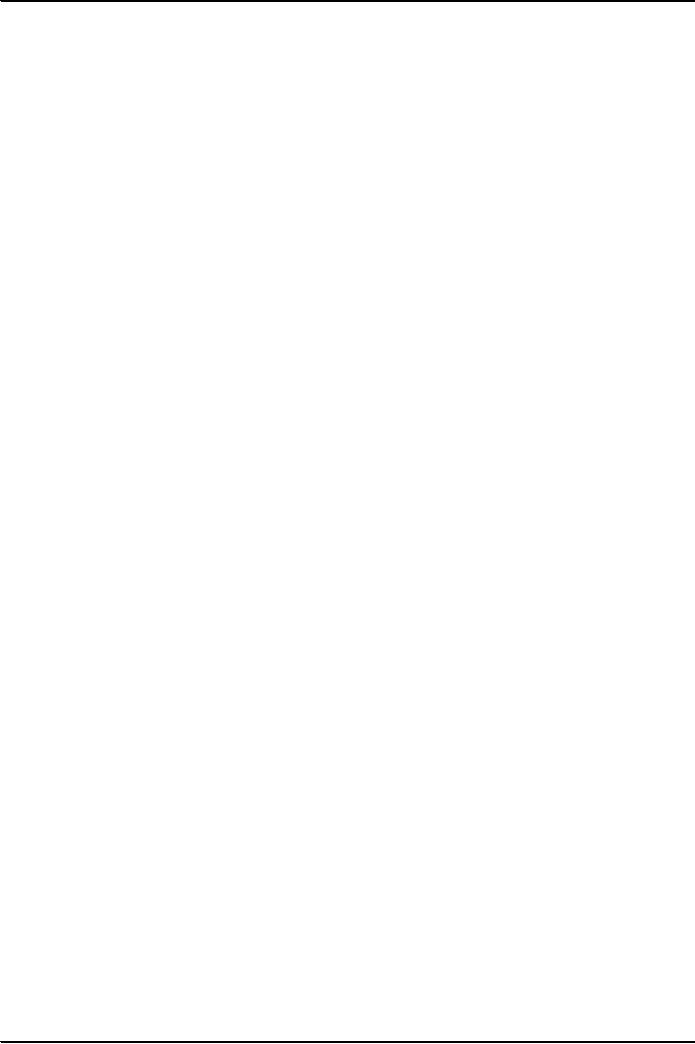
Principles
of Management MGT503
VU
b.
Major
controls are based on the organizational
goals and objectives
developed
during
the planning process.
2.
Develop
standards spelling out specific criteria
for evaluating performance
and
related
employee behaviors.
a.
Standards
are often incorporated into the
objectives set in the
planning
process.
b.
Standards
serve three main purposes
related to employee
behavior.
1)
Standards
help employee understand what is
expected and how
their
work will be
evaluated.
2)
Standards
provide a basis for
detecting job difficulties
that are
related
to personal limitations of organization
members.
3)
Standards
help reduce the potential
negative effects of goal
incongruence,
a
condition in which there are
major
incompatibilities
between the goals of an organization
member
and
those of the organization.
3.
Make
a decision about how and
how often to measure
performance related to a
given
standard.
a.
MBO
is a popular technique for coordinating
the measurement of
performance
throughout an organization.
b.
The
means of measuring performance
depends upon the
performance
standards
that have been set, as
well as data, such as units
produced,
quality
of output, or profits.
c.
Most
organizations use combinations of both
quantitative and
qualitative
performance
measures.
d.
The
period of measurement usually
depends upon
1)
The
importance of the goal to the organization
2)
How
quickly the situation is likely to
change
3)
The
difficulty and expense of
rectifying a problem if one
were to
occur
4.
Compare
performance against
standards.
a.
Reports
that summarize planned versus
actual results are often
developed.
b.
Management
by exception is a
control principle which
suggests that
managers
should be informed of a situation only if
control data show a
significant
deviation from
standards.
c.
Mangers
may compare performance and
standards through
personal
observation.
d.
The
360-degree feedback system
described in chapter 10 is being used
by
a
number of organizations as an evaluation
approach.
5.
Recognize
above-standard performance both to
give precognition to
top
performing
employees and also to aid
improving performance on regular
bases.
6.
Assess
the reason why standards are
not met, and take corrective
action.
7.
Adjust
standards and measures as
necessary.
a.
Standards
and measures need to be
checked for
relevance.
b.
Managers
must decide whether the cost of
meeting certain standards
is
worth
the resources consumed.
c.
Exceeding
a standard may signal
opportunities, the potential to
raise
standards,
and/or the need for possible
adjustments in organizational
plans.
B.
Managers
can take a number of approaches to
deciding what to control.
1.
Resource
dependence is an
approach based on the view
that managers need to
consider
controls mainly in areas in which they
depend on others for
resources
consider
control mainly in areas in which they
depend on others for
resources
necessary
to reach organizational goals.
a.
Strategic
control points are
performance areas chosen for
control
because
these are particularly important in
meeting organizational goals.
127
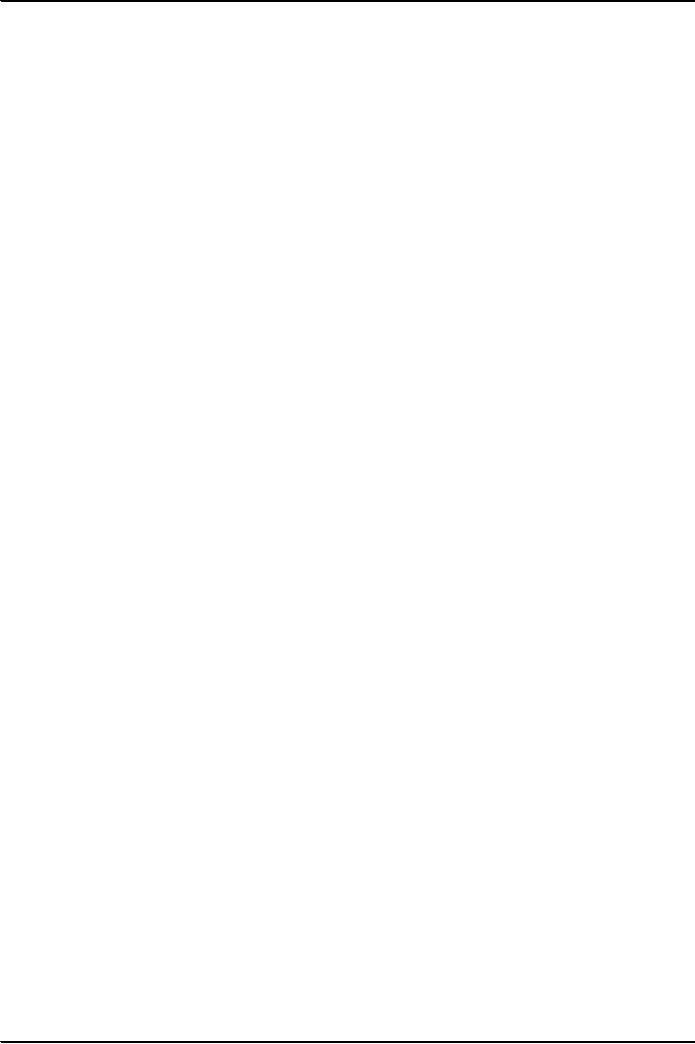
Principles
of Management MGT503
VU
b.
Strategic
control points meet four
conditions.
1)
Dependence
on a resource is high because the
resource is
important
and limited in
availability.
2)
The
probability that the expected
resource flow will be
unacceptable
is high because of anticipated problems
with
quantity,
quality, or timeliness.
3)
Instituting
a control system is
feasible.
4)
The
cost of instituting the control
system is acceptable.
2.
Mangers
need to develop an alternative to controls if they are
needed, but cannot
be
instituted due to problems of
feasibility or cost.
a.
The
dependence relationship can be changed so
that controls are
unnecessary,
e.g., lining up several
suppliers.
b.
The
nature of the dependence relationship can
be changed so that a
control
system is feasible and/or
cost-effective, e.g., job
simplification or
vertical
integration.
c.
Organizational
goals can be changed so that
the resources in question are
no
longer necessary.
REVISITING
CONTROL PROCESS
Let
us take the control
process as the
three-step process of measuring
actual performance, comparing
it
against
a standard, and taking
managerial action to correct deviations or
inadequate standards.
A.
Measuring.
Measuring
is the first step in the control
process.
1.
How
we measure is done
through four common sources of
information that managers
use. Each of
these
sources has its own
advantages and
drawbacks.
a.
Personal
observation
b.
Statistical
reports
c.
Oral
reports
d.
Written
reports
2.
What
we measure is
probably more critical than the
how. Both objective and
subjective measures
are
used.
B.
Comparing
is the next step in the control
process.
1.
It
determines the degree of variation
between actual
performance
and the standard.
2.
It's
critical to determine the range
of variation,
which are the acceptable
parameters of variance
between
actual performance and the
standard.
C.
Taking
managerial action is the final step in
the control process. Although the
manager might
decide
to "do nothing," two other
alternatives are
possible.
1.
Correct
actual performance. Once
the manager has decided to
correct actual performance, he or
she has
another
decision to make.
a.
Take
immediate
corrective action,
which is correcting an activity at once
in order to get
performance
back on track.
b.
Take
basic
corrective action,
which is determining how and
why performance has deviated
and
correcting
the source of deviations.
c.
The
action taken will depend on the
cost/benefit of doing
so.
2.
Revise
the standard. If the
standard was set too
high or too low, a manager
may decide to revise
it.
D.
Summary
of Managerial Decisions.
The
control process is a continuous flow
between measuring, comparing,
and managerial action.
Designing
Control Systems
Since
control is the
process of monitoring activities to
ensure they are being accomplished as
planned and
of
correcting any significant deviations. There are
three different approaches to
designing organizational
control
systems.
128
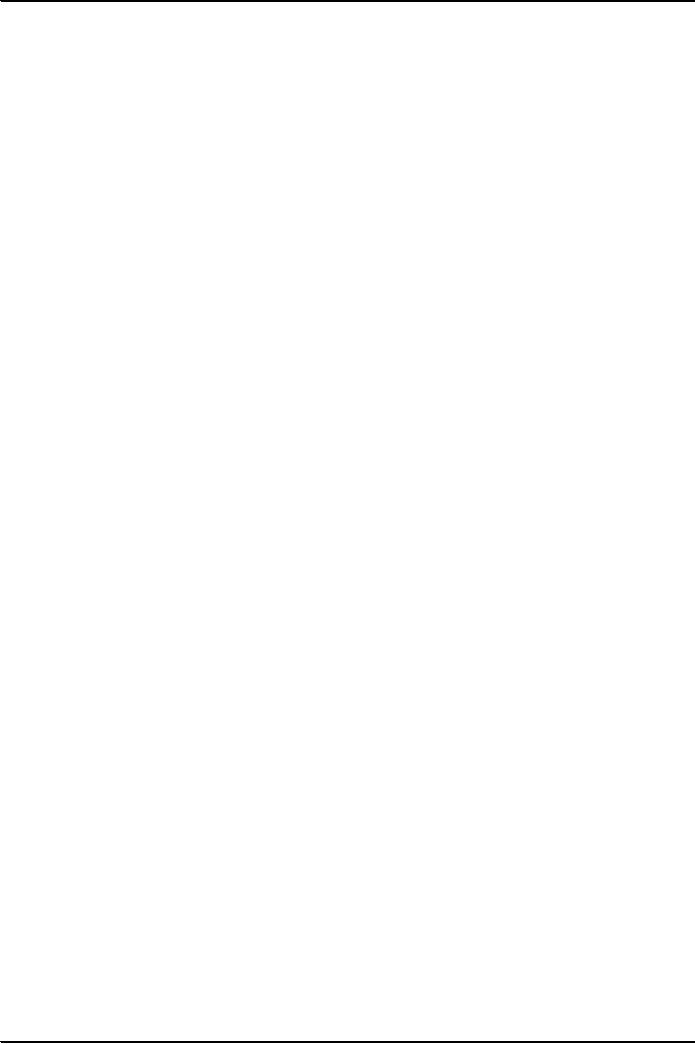
Principles
of Management MGT503
VU
A.
Market
control is an
approach that emphasizes the
use of external market mechanisms to
establish
the
standards used in the control
system.
B.
Bureaucratic
control is an
approach that emphasizes organizational
authority and relies
on
administrative
rules, regulations, procedures,
policies, standardization of activities,
well-defined job
descriptions,
and other administrative mechanisms to
ensure that employees
exhibit appropriate
behaviors
and meet performance
standards.
1.
Bureaucratic
control has
advantages.
a.
Unlike
market control, bureaucratic
control does not require
that all
requirements
be specified in advance.
b.
Bureaucratic
control is useful for
keeping recurring, relatively predictable
activities
running smoothly.
c.
Bureaucratic
control focuses on doing the
job and aids extrinsic
reward
systems.
2.
Bureaucratic
control has
disadvantages.
a.
Innovation
is not encouraged.
b.
Needed
changes may be
inhibited.
c.
Employees
tend to comply with regulations rather
than committing to a
course
of action.
C.
Market
control relies
on market mechanisms to regulate
prices for certain clearly
specified goods
and
services needed by an
organization.
1.
Two
conditions must hold if
market control is to be
used.
a.
There
must be a reasonable level of competition
in the goods or service
area.
b.
It
must be possible to specify
requirements clearly.
2.
Market
controls may be used to regulate
internal operations as well as
external
relations.
a.
Profit
centers, e.g., photocopying
centers, are set up and
charge other
departments
for their services.
b.
The
intra-organizational use of market controls is
limited because the
conditions
of competitiveness and specificity or
requirements may not
hold.
The
use of market controls is increasing.
For example, outsourcing,
using
outside vendors to
perform
services
normally carried out within
the organization, is becoming a more common
practice.
D.
Clan
control is an
approach to designing control
systems in which employee
behaviors are
regulated
by the shared values, norms,
traditions, rituals, beliefs,
and other aspects of
the
organization's
culture.
Clan
control relies on values,
beliefs, traditions, corporate culture, share
norms and information
relationships
to regulate employee behaviors
and facilitate the reaching of organizational
goals.
1.
Clan
control differs from
bureaucratic control.
a.
Internal
motivation is emphasized.
b.
Duties
are flexible and tasks
are broadly defined.
c.
Influence
is based on relevant information and
expertise, rather than upon
position
in the hierarchy.
A
primary advantage of clan control is
that it is conducive to
innovation.
2.
129
Table of Contents:
- HISTORICAL OVERVIEW OF MANAGEMENT:The Egyptian Pyramid, Great China Wall
- MANAGEMENT AND MANAGERS:Why Study Management?
- MANAGERIAL ROLES IN ORGANIZATIONS:Informational roles, Decisional roles
- MANAGERIAL FUNCTIONS I.E. POLCA:Management Process, Mistakes Managers Make
- MANAGERIAL LEVELS AND SKILLS:Middle-level managers, Top managers
- MANAGEMENT IDEAS: YESTERDAY AND TODAY, Anthropology, Economics
- CLASSICAL VIEW OF MANAGEMENT:Scientific management
- ADMINISTRATIVE VIEW OF MANAGEMENT:Division of work, Authority
- BEHAVIORAL THEORIES OF MANAGEMENT:The Hawthorne Studies
- QUANTITATIVE, CONTEMPORARY AND EMERGING VIEWS OF MANAGEMENT
- SYSTEM’S VIEW OF MANAGEMENT AND ORGANIZATION:Managing Systems
- ANALYZING ORGANIZATIONAL ENVIRONMENT AND UNDERSTANDING ORGANIZATIONAL CULTURE
- 21ST CENTURY MANAGEMENT TRENDS:Organizational social Responsibility
- UNDERSTANDING GLOBAL ENVIRONMENT WTO AND SAARC
- DECISION MAKING AND DECISION TAKING
- RATIONAL DECISION MAKING:Models of Decision Making
- NATURE AND TYPES OF MANAGERIAL DECISIONS:Decision-Making Styles
- NON RATIONAL DECISION MAKING:Group Decision making
- GROUP DECISION MAKING AND CREATIVITY:Delphi Method, Scenario Analysis
- PLANNING AND DECISION AIDS-I:Methods of Forecasting, Benchmarking
- PLANNING AND DECISION AIDS-II:Budgeting, Scheduling, Project Management
- PLANNING: FUNCTIONS & BENEFITS:HOW DO MANAGERS PLAN?
- PLANNING PROCESS AND GOAL LEVELS:Types of Plans
- MANAGEMENT BY OBJECTIVE (MBO):Developing Plans
- STRATEGIC MANAGEMENT -1:THE IMPORTANCE OF STRATEGIC MANAGEMENT
- STRATEGIC MANAGEMENT - 2:THE STRATEGIC MANAGEMENT PROCESS
- LEVELS OF STRATEGIES, PORTER’S MODEL AND STRATEGY DEVELOPMENT (BCG) AND IMPLEMENTATION
- ENTREPRENEURSHIP MANAGEMENT:Why Is Entrepreneurship Important?
- ORGANIZING
- JOB DESIGN/SPECIALIZATION AND DEPARTMENTALIZATION
- SPAN OF COMMAND, CENTRALIZATION VS DE-CENTRALIZATION AND LINE VS STAFF AUTHORITY
- ORGANIZATIONAL DESIGN AND ORGANIC VS MECHANISTIC VS VIRTUAL STRUCTURES
- LEADING AND LEADERSHIP MOTIVATING SELF AND OTHERS
- MASLOW’S NEEDS THEORY AND ITS ANALYSIS
- OTHER NEED AND COGNITIVE THEORIES OF MOTIVATION
- EXPECTANCY, GOAL SETTING AND RE-ENFORCEMENT THEORIES
- MOTIVATING KNOWLEDGE PROFESSIONALS LEADERSHIP TRAIT THEORIES
- BEHAVIORAL AND SITUATIONAL MODELS OF LEADERSHIP
- STRATEGIC LEADERSHIP MODELS
- UNDERSTANDING GROUP DYNAMICS IN ORGANIZATIONS
- GROUP CONCEPTS, STAGES OF GROUP DEVELOPMENT AND TEAM EFFECTIVENESS
- UNDERSTANDING MANAGERIAL COMMUNICATION
- COMMUNICATION NETWORKS AND CHANNELS EFFECT OF ICT ON MANAGERIAL COMMUNICATION
- CONTROLLING AS A MANAGEMENT FUNCTION:The control process
- CONTROLLING ORGANIZATIONAL PERFORMANCE THROUGH PRODUCTIVITY AND QUALITY